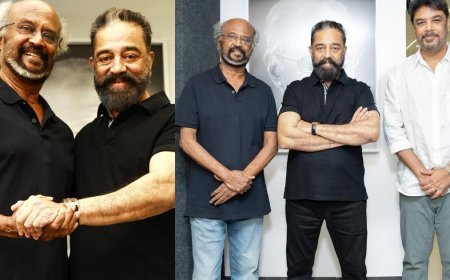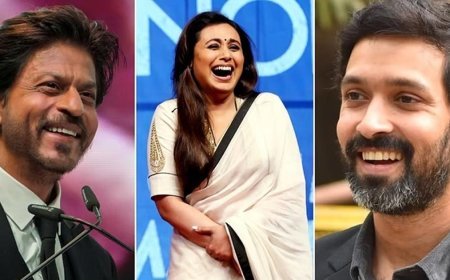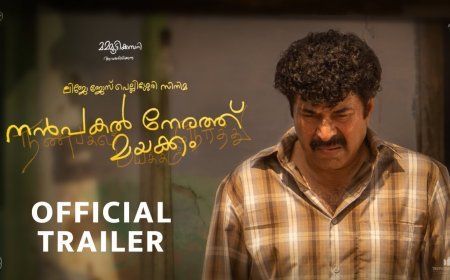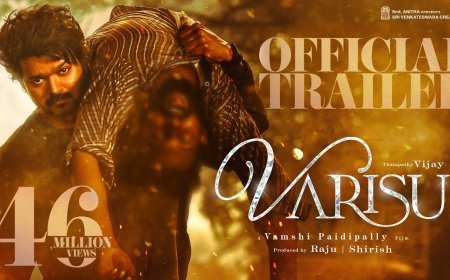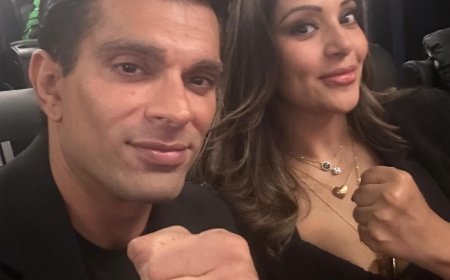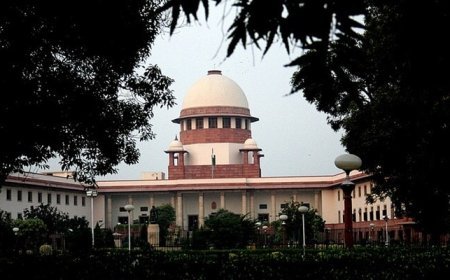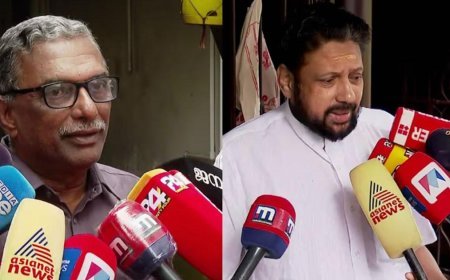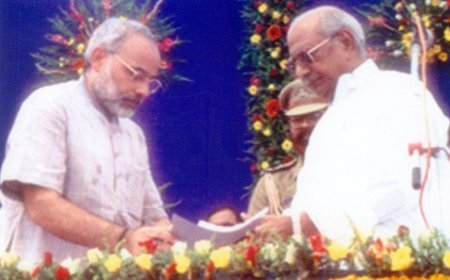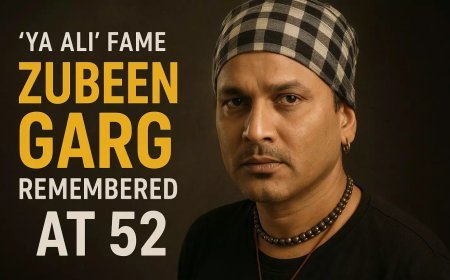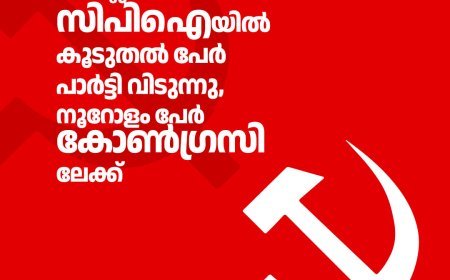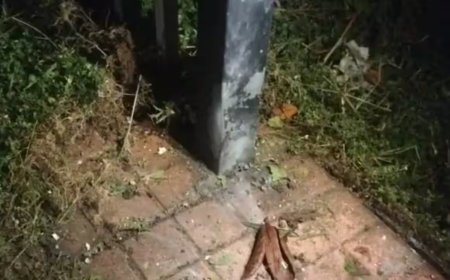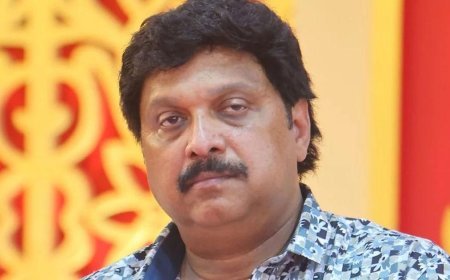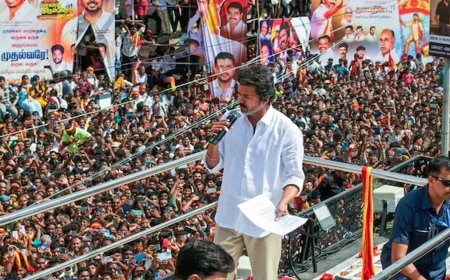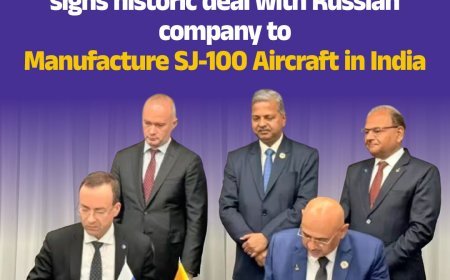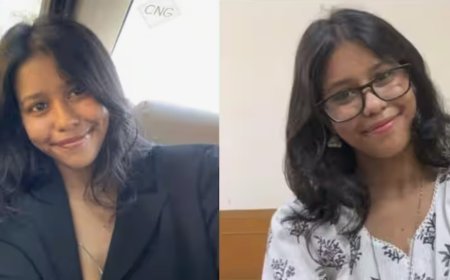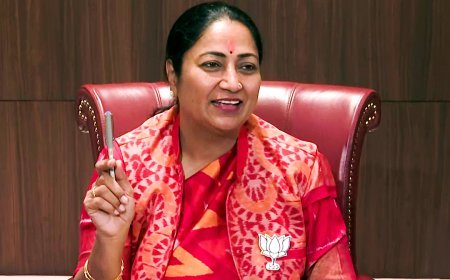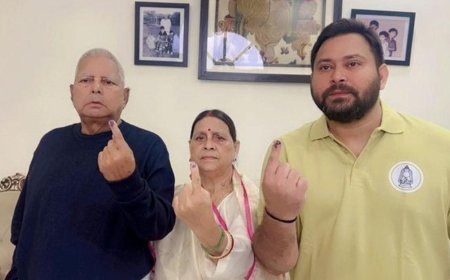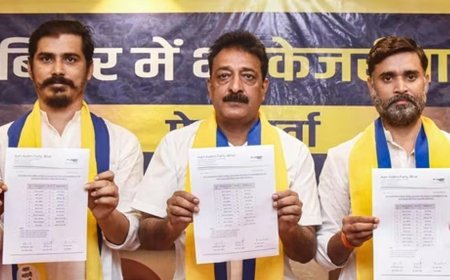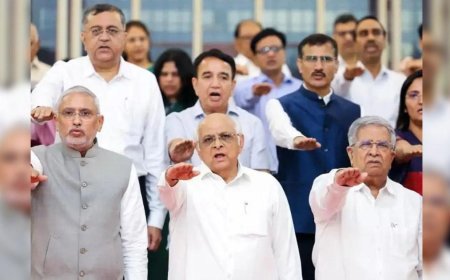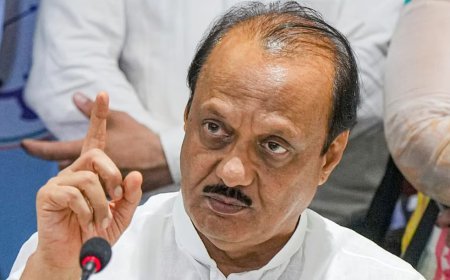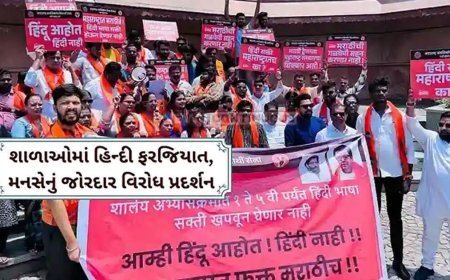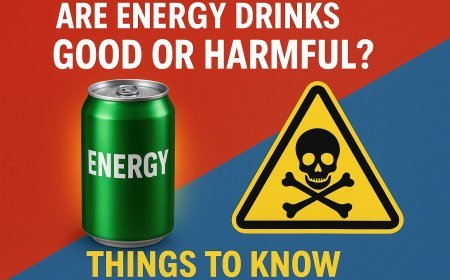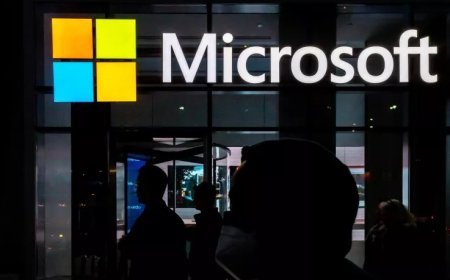YouTube’s 2025 Policy Overhaul: What It Means for Creators
In a major move set to redefine the digital creator landscape, YouTube has rolled out a comprehensive overhaul of its platform policies in 2025. This update introduces significant changes across four key areas: monetization eligibility, content moderation, artificial intelligence (AI) integration, and copyright enforcement.
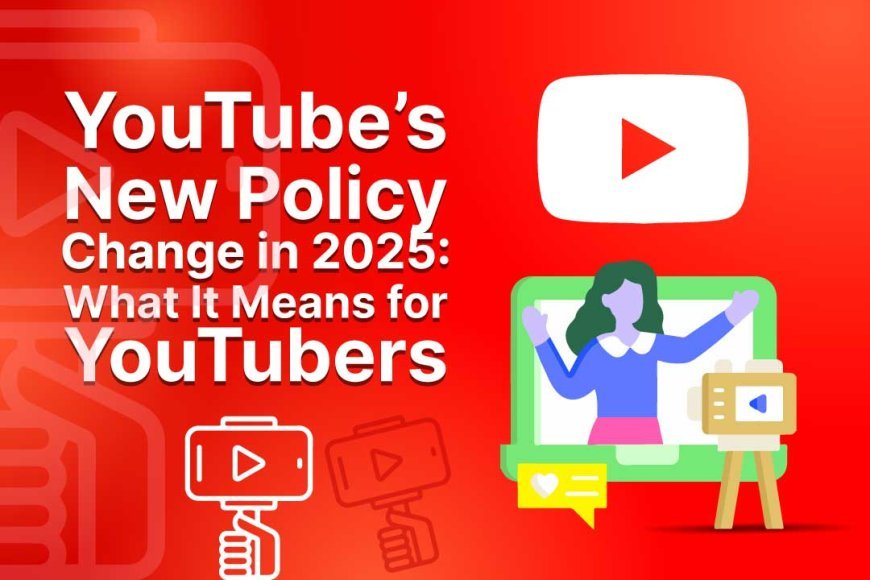
In a major move set to redefine the digital creator landscape, YouTube has rolled out a comprehensive overhaul of its platform policies in 2025. This update introduces significant changes across four key areas: monetization eligibility, content moderation, artificial intelligence (AI) integration, and copyright enforcement. The changes are designed to foster a healthier creator economy by promoting originality, transparency, and responsible content practices. Whether you're a new YouTuber trying to grow your audience or an established influencer managing a monetized channel, these policies will have a direct impact on how you create, publish, and profit from content. In the sections below, we explore each change in depth and explain how it affects creators at all levels of the platform.
New Monetization Rules
What's changed?
-
The YouTube Partner Program (YPP) now requires creators to meet elevated eligibility benchmarks before monetization is allowed. These changes are designed to ensure that only consistent and original content producers can access ad revenue and platform perks. Specifically, YouTube now mandates the following:
-
1,500 subscribers (up from 1,000) — YouTube has raised the bar for subscriber count, requiring creators to build a more substantial and engaged audience before they can apply for monetization. This change is aimed at ensuring that monetized channels demonstrate consistent growth and genuine community interest, which also improves advertiser trust and viewer experience.
-
5,000 watch hours in the last 12 months (up from 4,000) — This increase underscores YouTube’s intent to reward sustained viewer engagement. By raising the threshold, YouTube ensures that monetized creators are consistently producing content that attracts real interest over time. It also reduces the likelihood of low-effort or viral-only channels receiving monetization without long-term value.
-
Strict adherence to original content guidelines — YouTube now places a much stronger emphasis on ensuring that monetized content is genuinely original. This means content must be created by the channel owner or feature significant value-added elements such as voiceover, commentary, education, or transformative editing. Channels that rely on reused or minimally edited third-party footage, stock visuals, or compilations without clear creative input may be disqualified from monetization. This change is aimed at curbing the rise of low-effort or repurposed videos that dilute the platform’s quality and reduce advertiser confidence.
-
Impact: Smaller channels may find it more difficult to meet the updated monetization requirements, especially those just starting out or relying on short-form viral content. The increase in subscriber and watch hour thresholds means that consistent content output and meaningful audience engagement are now more critical than ever. However, this shift is part of YouTube’s broader effort to enhance content quality across the platform. By filtering out low-effort and repetitive uploads, YouTube intends to better support creators who invest time in original storytelling, informative videos, or transformative edits. While the new policy raises the entry bar, it also helps ensure that creators who qualify can benefit from a more trustworthy and supportive monetization environment.
AI-Generated Content Guidelines
What's new?
-
Creators must disclose any AI-generated or heavily AI-assisted content, including videos that use synthetic voices, avatars, scripts written entirely by AI, or altered visuals. This requirement aims to promote transparency, especially when content could be mistaken for human-generated material. YouTube has made it clear that non-disclosure may result in reduced reach, limited monetization, or even content removal in some cases. This policy applies to Shorts, long-form videos, and livestreams alike, and disclosure must be made either through on-screen text, video description, or YouTube's built-in content labeling tools.
-
YouTube has introduced AI content labels, which serve as a transparency feature to help viewers identify when a video uses AI-generated or significantly AI-assisted material. These labels can appear within the video interface or description, depending on how creators choose to disclose the information. The platform has also made it clear that failing to use these labels—or misleading viewers by disguising AI-generated content as human-made—can lead to demonetization, reduced video visibility, and potential takedown. YouTube's goal is to preserve viewer trust while allowing ethical AI use, and this new system puts the responsibility on creators to be upfront and honest about their tools and processes.
Impact: AI tools remain welcome and can still be a powerful resource for scaling content production, streamlining editing, or enhancing creativity. However, creators must now be more vigilant than ever in maintaining transparency and ensuring their content meets originality standards. The new policies emphasize clear disclosure of AI use and discourage misleading practices that could confuse viewers about the source or authenticity of content. This means creators must take extra care to include manual elements such as personal commentary, original scripting, or creative visuals. Failing to do so may result in demonetization, lower reach due to algorithmic deprioritization, or even content takedowns. The update nudges the community toward ethical and responsible use of AI while still fostering innovation.
Content Moderation Updates
What's changed?
-
A "first-strike warning" system now offers creators a grace period during which they receive educational feedback instead of an immediate penalty. This means that if a creator unknowingly violates a community guideline, they will first be notified with a detailed explanation and resources on how to avoid future issues. Only after repeated or serious offenses will formal strikes be issued. This approach allows creators to learn from their mistakes, adjust their content practices, and better understand YouTube’s evolving standards before facing more severe consequences like content removal, demonetization, or account suspension.
-
Repeat violations can lead to faster demonetization or channel suspension. YouTube has adjusted its enforcement process to more swiftly penalize creators who continue to breach community guidelines after receiving initial warnings. This includes repeated uploads of harmful, misleading, or policy-violating content—even if each individual instance is minor. Channels with a pattern of violations may face expedited review and be removed from the YouTube Partner Program or even permanently banned. The platform is focusing on maintaining a safe and trustworthy environment, which means habitual offenders will be less likely to receive leniency moving forward.
Impact: Creators must stay constantly informed about evolving community guidelines, as the margin for error is narrowing. With YouTube's revised enforcement system, even minor infractions can build up to serious consequences if repeated. The first-strike warning offers an opportunity for learning, but it’s critical that creators treat it seriously. Emphasis is now on proactive education—YouTube expects creators to regularly review policy updates, take advantage of platform-provided resources, and ensure that their content remains compliant. The shift highlights a growing trend toward accountability and preventive learning, aiming to guide creators before punitive action is necessary.
Copyright Enforcement Overhaul
New measures include:
-
More robust Content ID tracking powered by machine learning — YouTube has significantly upgraded its Content ID system to better detect unauthorized use of copyrighted material across all video formats, including Shorts, livestreams, and long-form uploads. The integration of advanced machine learning models allows for faster and more accurate matching of video, audio, and even visual patterns. This enhancement helps rights holders more effectively identify and claim their content while reducing false positives for original creators. The updated system also supports more nuanced resolution workflows, such as revenue sharing and dispute management, giving both content owners and creators a more transparent and equitable experience.
-
Expanded copyright match tools for creators to protect original content — YouTube has enhanced its copyright match toolset to give creators more control over their intellectual property. Now, creators can better detect when their original videos are reuploaded or copied across the platform, even in altered forms. The tools offer detailed analytics, flagging capabilities, and faster manual claim options. Additionally, YouTube now allows creators to choose from several enforcement actions—such as issuing a takedown, monetizing the reupload, or simply tracking its performance—making it easier for them to protect their work without relying entirely on automated systems.
-
Tougher penalties on reused or unoriginal uploads — YouTube is cracking down on content that lacks originality or transformative value. Channels that frequently repost clips from other creators, use stock footage without significant editing, or rely on compilations with minimal commentary are now at a much higher risk of demonetization or takedown. The platform’s updated copyright enforcement tools will detect such reuse more accurately and flag violations faster. To remain in compliance and avoid penalties, creators must demonstrate clear effort in transforming any third-party content they incorporate—through original narration, educational insights, humor, or editing that adds substantial new value.
Impact: Compilation channels, commentary aggregators, and content recyclers will face more rigorous scrutiny under YouTube's new enforcement measures. Simply stitching together existing clips, using minimal editing, or relying heavily on stock footage will no longer be sufficient to pass as monetizable content. Creators must now demonstrate genuine value addition—such as insightful commentary, original scripting, educational narration, humor, or highly creative visual editing. Channels that fail to meet these expectations risk demonetization, visibility suppression, or removal. On the flip side, creators who embrace originality and transform reused elements with intent and creativity are more likely to thrive in this evolving ecosystem.
Final Thoughts
These changes represent YouTube's commitment to fostering an ecosystem rooted in authenticity, innovation, and long-term value. By raising the bar, the platform is not trying to restrict entry but rather elevate the overall quality of content and create a safer, more sustainable space for both creators and viewers. While some may find the stricter policies challenging at first, they also open up greater opportunities for those who invest in originality, transparency, and ethical content creation. YouTube is making it clear: creators who adapt, evolve, and contribute meaningfully to the community will be better rewarded and more prominently supported moving forward.
Stay informed. Stay original. And if you're using AI tools or stock footage, make sure to clearly disclose it and creatively transform the material to add new value—whether through narration, commentary, or meaningful editing. Transparency and originality are no longer optional—they’re essential.
What's Your Reaction?







